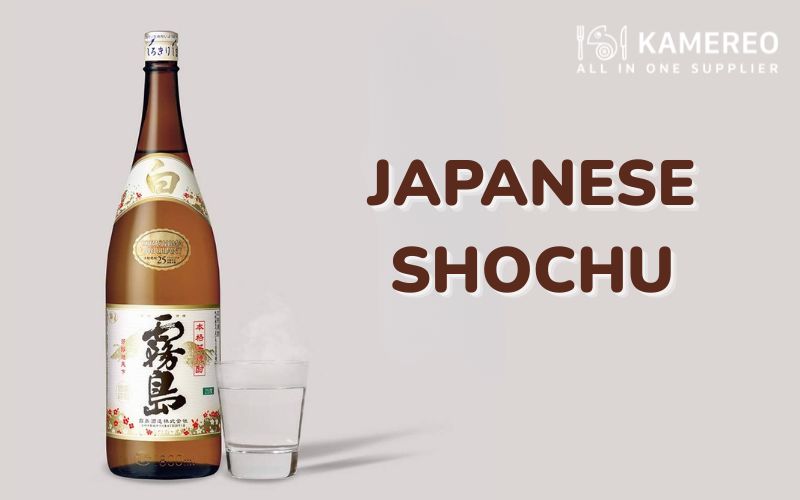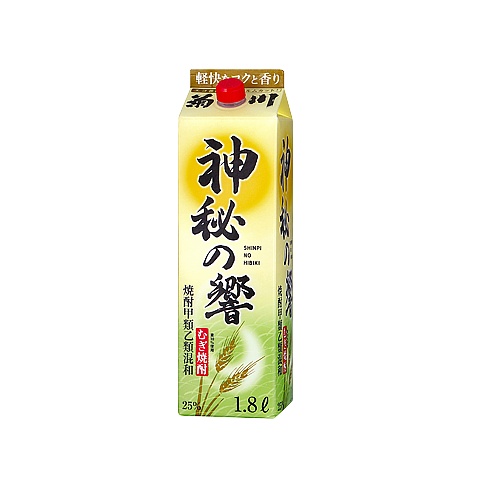Japanese shochu is not only known for its refined flavor but also for its health benefits, such as stress reduction, improved circulation, and stroke prevention. With various flexible ways to enjoy it, this liquor is an ideal choice for any gathering. Let’s explore the details of this distinctive liquor with Kamereo in the article below!
Characteristics of Japanese Shochu
Shochu is one of the two most famous types of alcohol in Japan, produced through fermentation and distillation from various ingredients such as barley, sweet potatoes, and rice. In some regions, brown sugar, buckwheat, or even chestnuts (Maron) are used to create unique Shochu flavors that reflect the local characteristics.
A special feature in the Shochu production process is the use of Koji mold (麹菌) – a characteristic microorganism in Japanese cuisine – to ferment the ingredients before distillation.
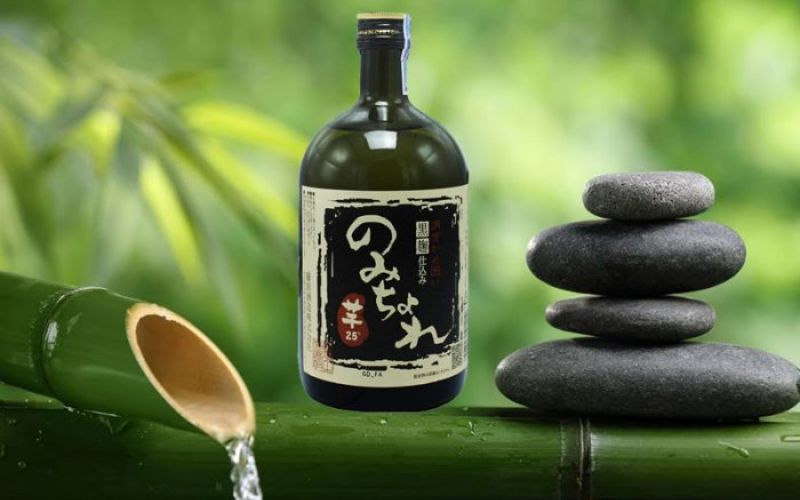
Compared to Sake, Shochu generally has a higher alcohol content, typically around 25%. However, this concentration can vary depending on the distillation method and the producer’s preference, with some stronger types of Shochu reaching up to 35% by volume. This flexibility in alcohol content makes Shochu appealing to all types of drinkers, from those who prefer a light flavor to those seeking a more robust and profound experience.
Health Benefits of Japanese Shochu
When consumed in moderation, Shochu can offer significant health benefits, including:
- Stress reduction, mood enhancement: Enjoying shochu in a relaxed setting or at a gathering helps lighten your mood, strengthen emotional connections, and relieve life’s pressures.
- Stroke prevention: Studies show that drinking a small amount of shochu daily can reduce the risk of stroke by up to 62%, especially effective for women consuming 1–2 glasses per day.
- Brain health support: Moderate shochu consumption helps improve blood circulation to the brain, reducing the risk of Alzheimer’s and memory loss in the elderly.
- Reduced risk of diabetes: Shochu can promote insulin activity in the body, helping to effectively control blood sugar levels when consumed in appropriate doses.
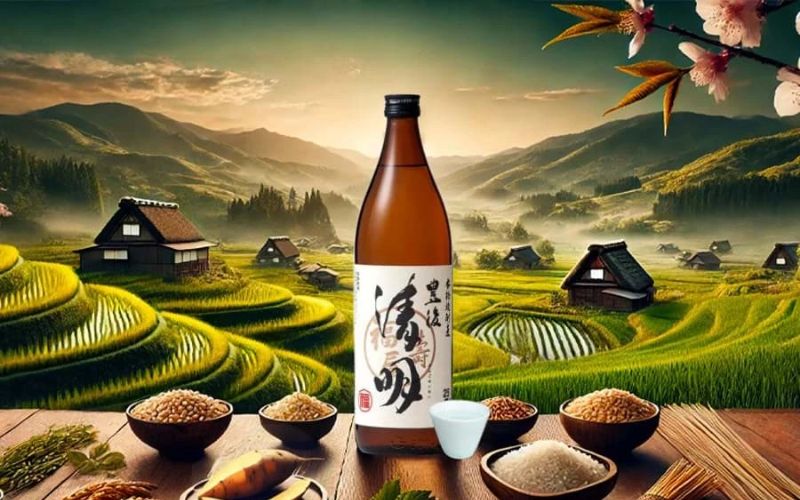
Types of Japanese Shochu
Japanese shochu is divided into two main categories, each with a distinct production process and flavor profile:
- Korui Shochu (焼酎甲類): This type of Shochu is continuously distilled multiple times using industrial equipment. It typically lacks a distinct flavor, making it suitable for mixing with other beverages like cocktails or sodas. This is a common type of Shochu in daily life and is mass-produced.
- Otsurui Shochu (焼酎乙類), also known as Honkaku Shochu: Distilled only once, this type of liquor retains the maximum flavor of its original ingredients such as sweet potato, barley, or rice. As a result, Honkaku Shochu has a rich aroma and a deep, crisp flavor, appealing to those who appreciate subtlety. During production, Koji mold is inoculated into the ingredients to initiate fermentation, giving the liquor unique depth.
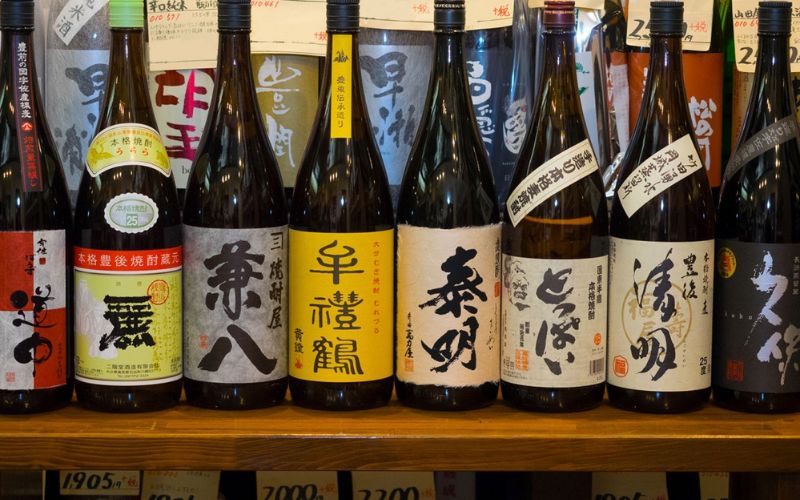
How to Enjoy Shochu Properly
One of the most enjoyable aspects of Shochu is its versatility in consumption, allowing you to explore various flavor dimensions. Here are the most common ways to fully appreciate this unique beverage:
- Enjoying Shochu neat: This is the most popular way, especially when you want to fully experience the pristine flavor of premium Shochu types like Honkaku or Awamori. Drinking it neat allows you to clearly perceive each layer of flavor, from spicy to subtly sweet, subtly spreading on the tongue, offering the most authentic and profound experience.
- Shochu on the Rocks: To prepare a perfect glass of Shochu on the rocks, simply add ice to a glass, wait about 10 minutes for the glass to chill sufficiently, then slowly pour in the Shochu. This method not only provides a refreshing coolness, especially ideal on hot summer days, but also mellows the alcohol content, making the liquor easier to drink.
- Diluting Shochu with Water (Mizuwari): This method is favored by many, especially women, as it reduces the alcohol content, resulting in a lighter flavor and making it harder to get drunk. You can freely adjust the amount of water to your taste, but the recommended ratio is 2 parts Shochu to 1 part water to maintain its characteristic flavor.
- Combining Shochu with Soda (Shochu Highball): The combination of Shochu and soda creates a perfect drink for hot days. To prepare, simply pour Shochu into a chilled glass with ice, then add soda. Finally, add a slice of lemon or orange for a flavorful and aesthetic touch, transforming your Shochu into a refreshing and attractive cocktail.
- Enjoying Shochu with Warm Water (Oyuwari): To maximize the aroma of Shochu when mixed with warm water, you should always add warm water to the glass first, then slowly pour in the Shochu. A traditional recipe from Miyazaki Prefecture recommends a ratio of 6:4 (60% Shochu, 40% warm water) or 7:3 (70% Shochu, 30% warm water). This is considered the standard for enjoying traditional Shochu, helping the liquor to release its full aroma and providing a warm, relaxing sensation.
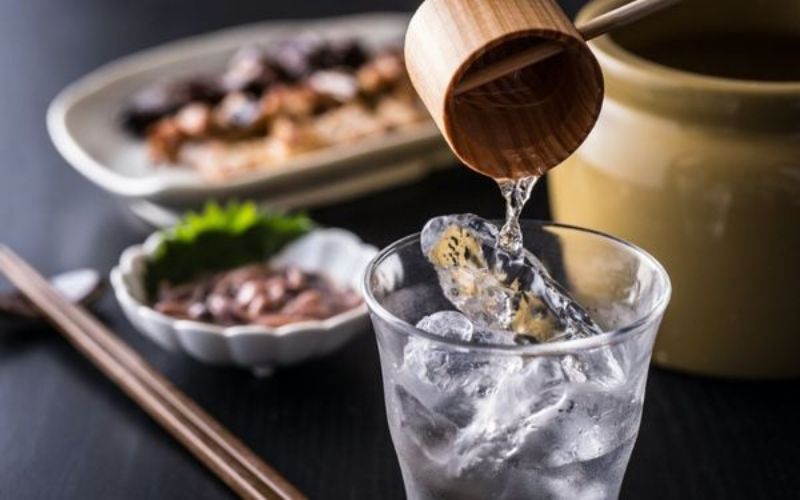
Distinguishing Japanese Shochu and Korean Soju
Although their names sound somewhat similar, Japan’s Shochu and Korea’s Soju are two entirely different types of liquor in terms of appearance, origin, and characteristics. Here are some points to help you easily distinguish them:
| Shochu | Soju | |
|---|---|---|
| Name and spelling | Shochu (燒酒) | Soju" (소주) |
| Origin | Japan | South Korea |
| Ingredients and distillation process | Fermented and distilled primarily from ingredients such as barley, sweet potatoes, and rice | Traditionally distilled from rice or starches like tapioca, fermented using Nuruk yeast |
| Alcohol content | From 20 - 35% | From 16 - 20% |
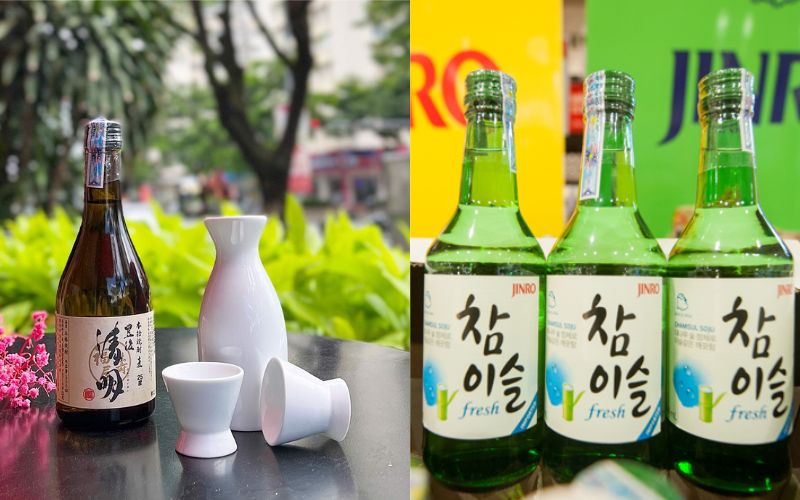
Prices of Japanese Shochu
Below is a reference price list for some popular Japanese shochu types, provided by Kamereo:
| Product Name | Volume | Alcohol Content | Price |
|---|---|---|---|
| Shochu Imoichi | 1.8L | 20% | 460,000 VND |
| Shochu Imoichi | 1.8L | 25% | 510,000 VND |
| Shochu Imoichi | 4L | 25% | 1,290,000 VND |
| Shochu Umai Kikukawa | 4L | 20% | 1,180,000 VND |
| Shochu Umai Kikukawa | 4L | 25% | 1,250,000 VND |
| Shochu Mugi Kamon | 1.8L | 25% | 580,000 VND |
| Shochu Kuro Kamon | 1.8L | 25% | 620,000 VND |
| Shochu Shinpi No Hibiki | 1.8L | 25% | 510,000 VND |
Purchase authentic Japanese shochu at great prices only at Kamereo:
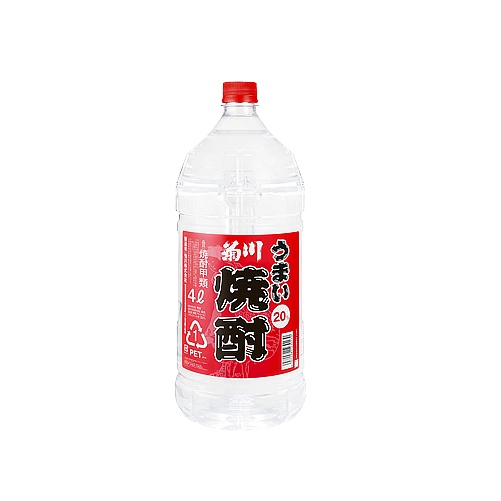
Umai Kikukawa Shochu (20% ABV) 4L / 菊川うまい焼酎
1,180,000đ/BOTTLE

Imoichi Shochu (20% ABV) 1.8L / 甲乙混和焼酎 芋いち 20%
460,000đ/BOX
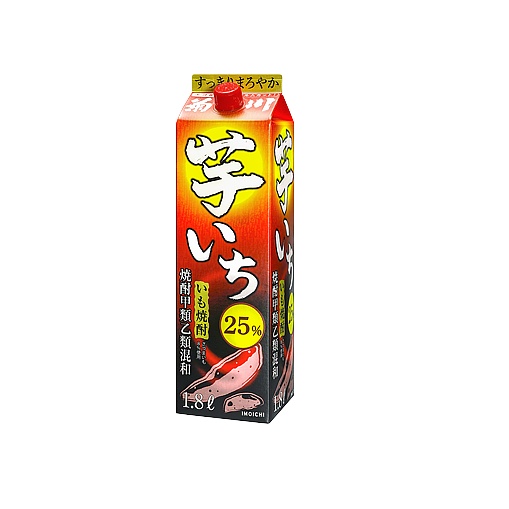
Imoichi Shochu (25% ABV) 1.8L / 甲乙混和焼酎 芋いち 25%
510,000đ/BOX
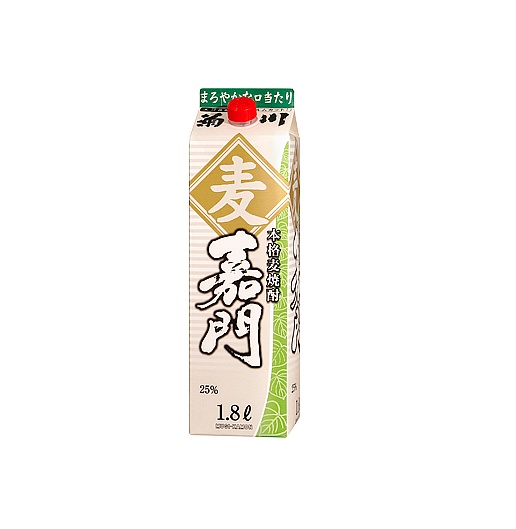
Mugi Kamon Shochu (25% ABV) 1.8L / 本格麦焼酎 麦嘉門
580,000đ/BOX
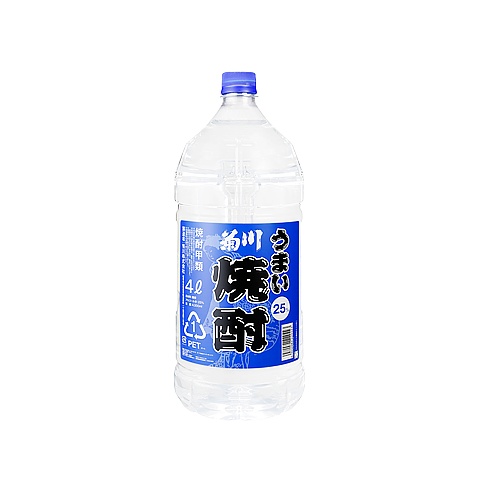
Umai Kikukawa Shochu (25% ABV) 4L / 菊川うまい焼酎25%
1,250,000đ/BOTTLE
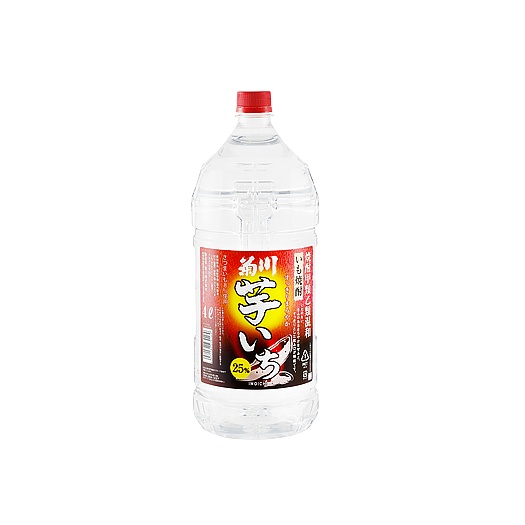
Imoichi Shochu (25% ABV) 4L / 甲乙混和焼酎 芋いち 25% 4L
1,290,000đ/BOTTLE
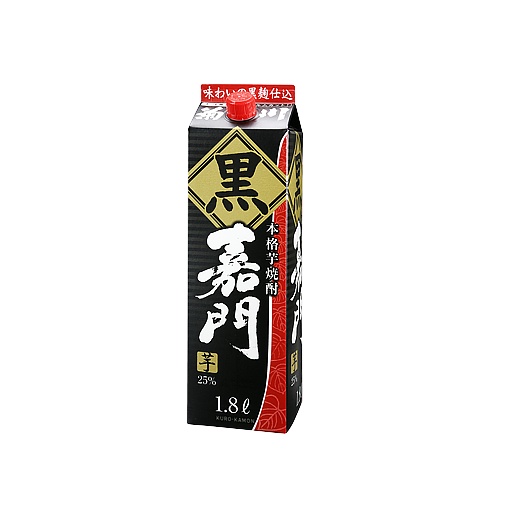
Kuro Kamon Shochu (25% ABV) 1.8L / 本格芋焼酎 黒嘉門(芋)
620,000đ/BOX
Kamereo – A Supplier of Authentic Japanese Shochu at Great Prices
Kamereo is a supplier of authentic Japanese shochu at great prices, partnering with F&B businesses. As a strategic partner of Gyomu Japan, Kamereo not only ensures the genuine origin of liquor from Japan but also offers high-quality products at competitive prices. Notably, Kamereo supports transparent and prompt VAT invoice issuance, helping businesses easily control costs and accounting records.
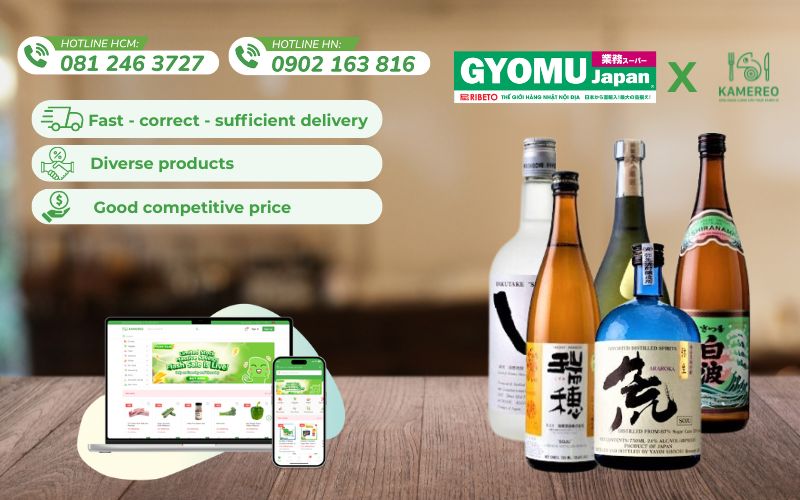
Unlike traditional suppliers, Kamereo is a technology application that helps F&B businesses optimize their purchasing process and cost management. You can track and update product prices transparently, online directly on the application and website. This makes purchasing decisions more flexible, cost-effective, and efficient than ever before.
Another outstanding advantage is the support for placing orders until 12 AM and delivery before 6 AM the next day, ensuring raw materials are always ready for professional kitchens. Kamereo boasts an on-time delivery rate of over 99%, an order fulfillment rate of over 98%, and a product defect rate under 0.5%, committed to bringing absolute stability and peace of mind to businesses.
Conclusion
We hope this article has provided you with a comprehensive and interesting insight into Japanese shochu – a quintessential aspect of Japan’s culinary culture. Don’t forget to visit Kamereo’s Food & Lifestyle section to discover more recipes and helpful tips!



